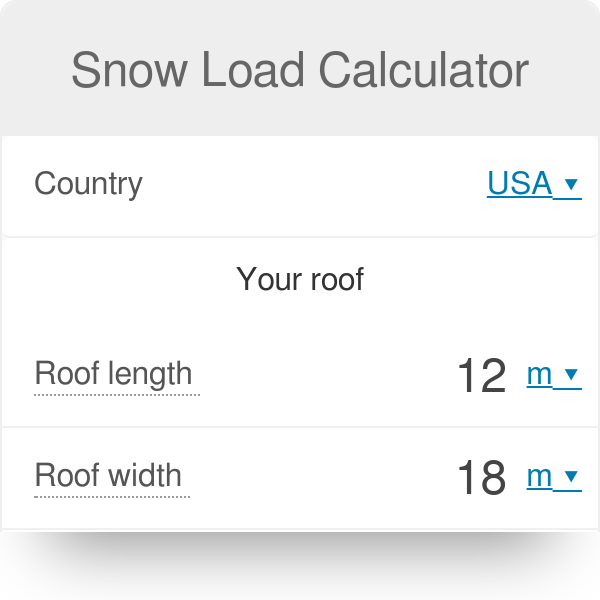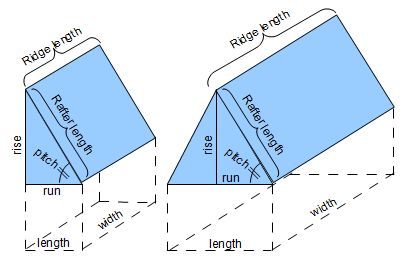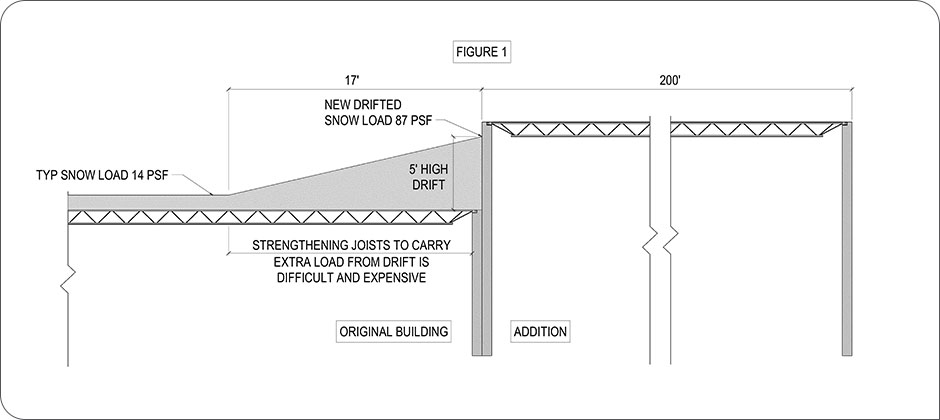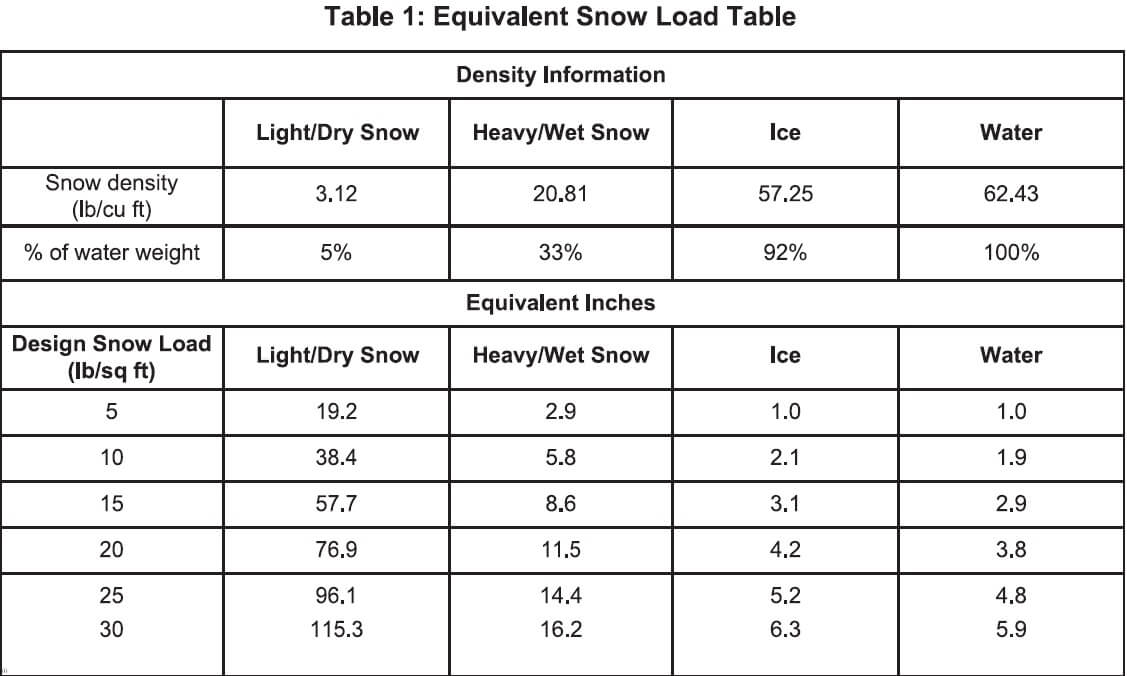S 5 has updated the snow retention calculator to incorporate many new features including side by side comparisons for colorgard dualgard x gard 1 0 and x gard 2 0.
Weight of snow on roof calculator.
Follow along to find out how to.
To figure out the load on your roof take the depth of snow in feet and multiply it by the weight of a cubic foot of snow.
Calculate the weight of the snow on your roof.
This free roofing calculator estimates the area of a roof and the amount of materials required to replace or build said roof.
Explore a number of housing related calculators as well as hundreds of other calculators covering topics such as finance math health fitness and more.
Rain sleet and ice add to the weight of existing snow.
Snow which is just frozen ice crystals varies in weight by its volume and density.
This is all of the natural stresses imposed upon a roof such as snow loads rain loads and wind.
Calculating the weight of snow is useful when you need to know the total weight it adds for example to calculate the weight on a roof.
Consider removing accumulated snow from your roof to avoid collapse.
If you live in the us our snow load calculator compares the total weight on your roof with the permissible load calculated according to the standards issued by the american society of civil engineers regarding the minimum design loads for buildings and other structures asce7 16.
You may need to create a new login account to use the new calculator.
2 feets or more of old snow is enough to exceed weight limits.
Fresh light and fluffy snow will weight much less than the dense packed or wet variety.
10 inches of fresh snow equates to about 5 pounds per square foot which means your roof likely can support 4 feets of fresh snow.
Packed snow however weighs more.
If the snow weighs 10 pounds per cubic foot and there are 1 5 feet on the roof each square foot of the roof is getting 15 pounds of pressure.
If your roof is 1 000 square feet the total snow load is 15 000 pounds of snow.
It is not advisable for a person to climb onto a snow or ice covered roof to remove accumulations.
On average two feet of snow can equal up to 19 tons of weight on your roof which can significantly weaken the structure.
Old snow and new snow combined can easily exceed load capacity.
Step 3 determine the transient load of the roof.





























